What self-tapping screws are needed for a profile?
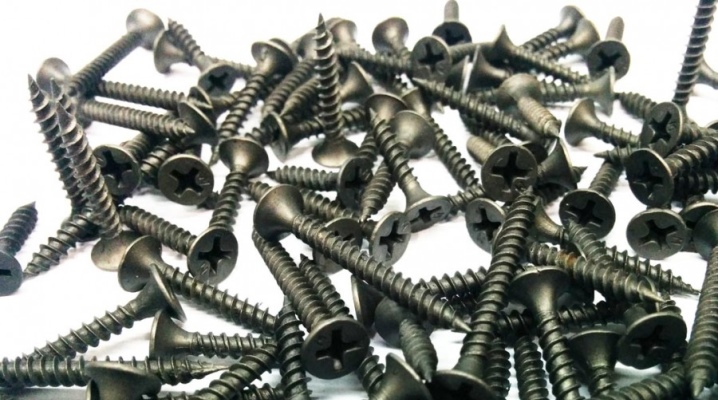
The profile for the installation of drywall has established itself as a universal type of material that is used during the construction and decoration of buildings. The demand for the profile is justified not only by its quality characteristics, but also by the simplicity and speed of installation. A very important point in working with this material is the use of the correct self-tapping screws, on which the reliability of the drywall fixing depends.
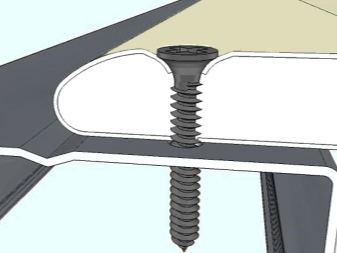
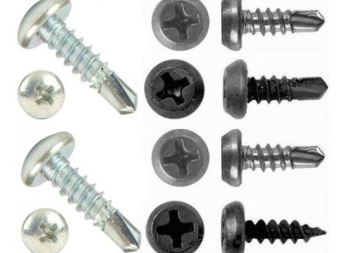
Peculiarities
Self-tapping screws for a profile are called hardware of a certain group, which are used in the construction of structures and material fastenings. They look like a product, the design of which has a metal cap and a rod with a sharp end. In the upper part of the hardware there is a recess into which the tool must be inserted for subsequent rotational movements.
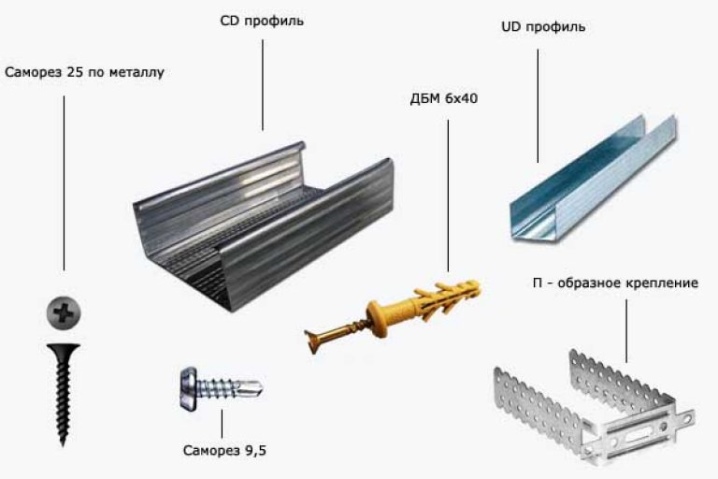
Self-tapping screws for the guide profile are considered an improved version of the screw. For their installation, it is not required to drill holes in advance. Such devices are immediately screwed into drywall with a screwdriver or screwdriver.

Fasteners for drywall have different sizes, in this regard, the areas of application of hardware are distinguished:
-
small - for fixing the frame to the metal;
-
medium ones are needed to attach metal sheets to the frame;
-
long - for fastening drywall to the frame;
-
long and thick ones help to fix the double layer of drywall.
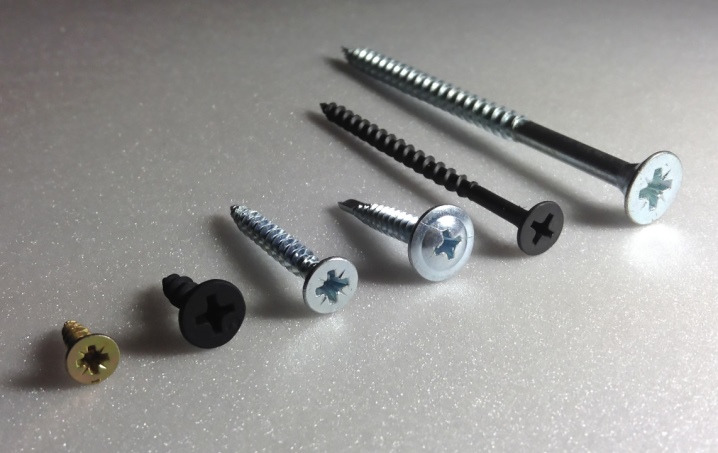
Views
Since the gypsum board consists of many layers of thick cardboard, it can be easily cut and drilled. When working with this material, craftsmen use several types of self-tapping screws:
-
small ones, which are usually called "seeds", they are equipped with a cylindrical head;
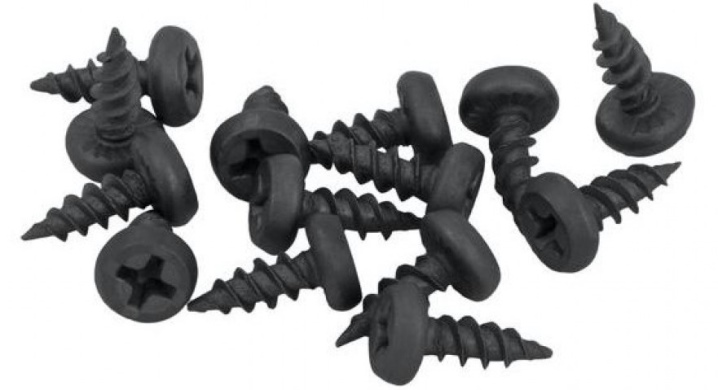
- hardware with a press washer;

-
screws for metal;

- self-tapping screws for working with wood.
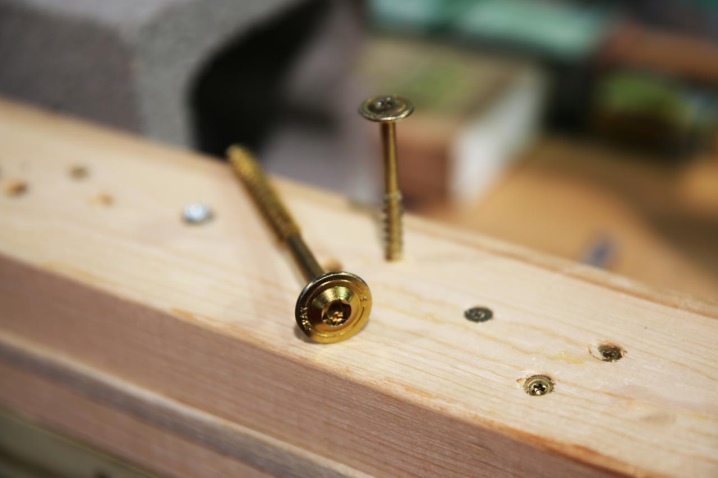
In addition, self-tapping screws may have different head shape, thread and tip.
Cylindrical head
The self-tapping screw, equipped with a cylinder-shaped head, is called by the builders "bugs" and "seeds". This name is due to the small size of the products. With their help, you can connect plasterboard sheets together.
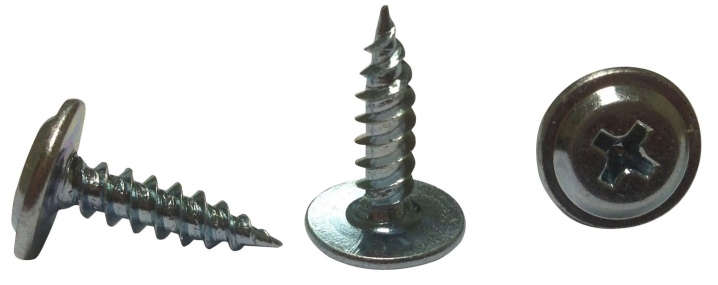
The main characteristics of self-tapping screws:
-
length from 9 to 11 mm, which is often enough for a reliable connection of profiles;
-
galvanized or oxidized type of coating;
-
arrowhead or sharp tip;
-
the presence of notches on the inside of the fastener, due to which spontaneous unscrewing does not occur during high vibration.

By wood
For a structure made of wooden lining or timber, you will need to use a special type of self-tapping screws for wood, which has the following characteristics:
-
wide threaded pitch;
-
different sizes;
-
affordable price.
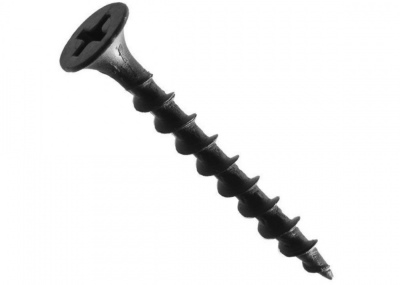
For attaching drywall to a profile
To attach a plasterboard profile, you will need self-tapping screws with the following features:
-
small thread pitch, due to which the fastening in the metal base will be more reliable;
-
the thickness of the self-tapping screw should be 2 times larger than the profile dimensions;
-
the presence of a comfortable cap that will not tear the material.
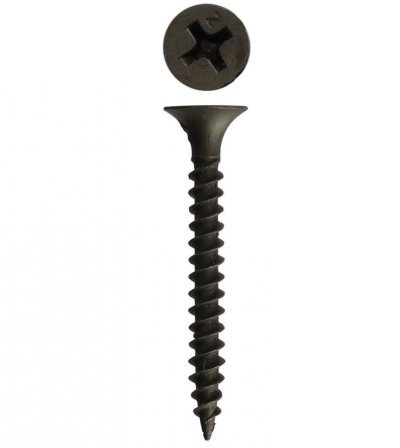
The self-tapping screws with which the drywall are attached to the profile are of different sizes. Their length can vary from 16 to 152 mm, and their diameter is from 3.5 to 4.8 mm.
With press washer
Hardware with a press washer for metal are used in the same way as self-tapping screws with a cylindrical head. Their main features are as follows:
-
the presence of a wide cap, the width of which is about 1 cm;
-
length from 13 to 80 mm;
-
pointed tip or shaped like a drill;
-
galvanized or oxidized coating.
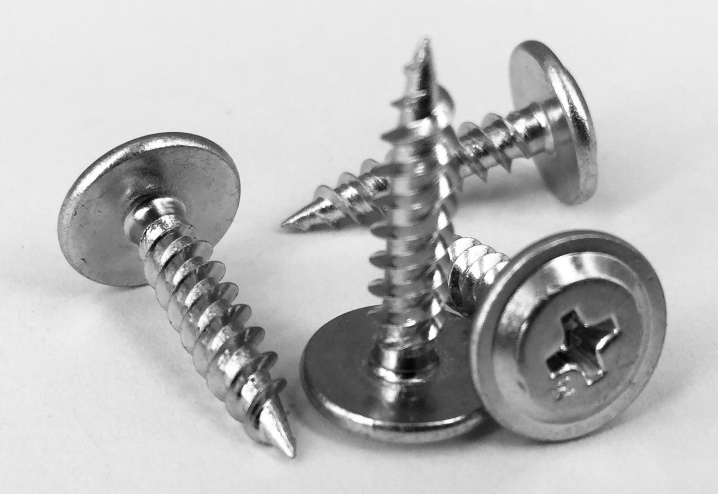
Dimensions (edit)
The development of industrial technologies makes it possible to produce self-tapping screws for gypsum plasterboard sheets of any length. Thanks to this, tasks of the most varied complexity are performed. According to the experience of builders, not in every situation a drywall sheet needs to be attached to a wall or profile. Sometimes it is necessary to fix several sheets at once, in this case, self-tapping screws with a long length can come in handy.
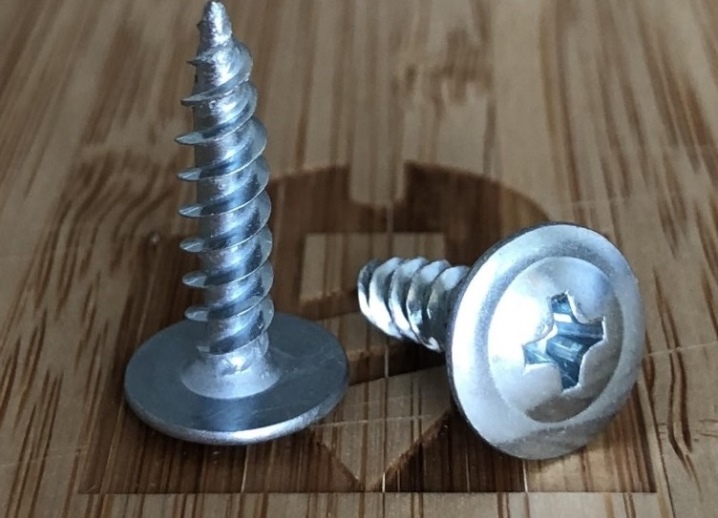
The length and diameter of a self-tapping screw is always indicated on its marking:
-
when marking 3.5x19 mm, it can be concluded that hardware is characterized by a length of 19 mm and a diameter of 3.5 mm;
-
the smallest self-tapping screw is the one with dimensions equal to 0.5x16 mm, and the largest one can be called a device with dimensions of 4.8x152 mm;
-
a box typically holds between 100 and 20,000 fasteners.
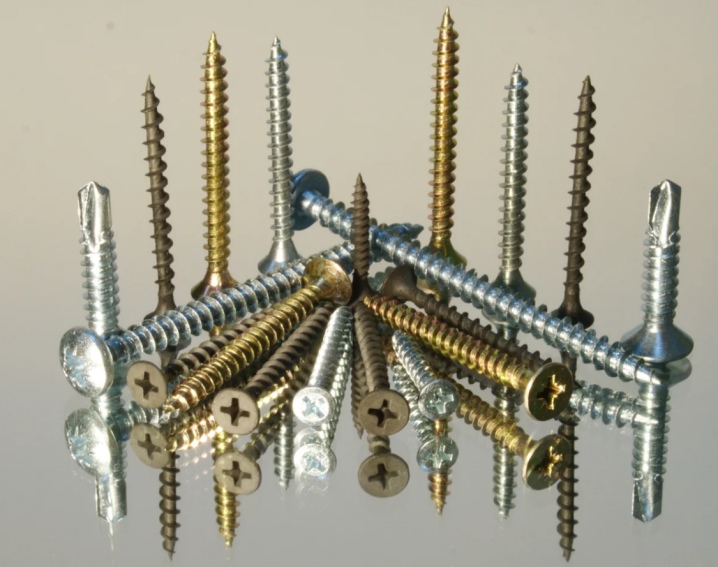
The weight of self-tapping screws for a profile can be calculated for 1,000 pieces at a given length:
-
16 mm - 1.08 kg;
-
45 mm - 2.22 kg;
-
70 mm - 4.22 kg;
-
152 mm - 13, 92 kg.
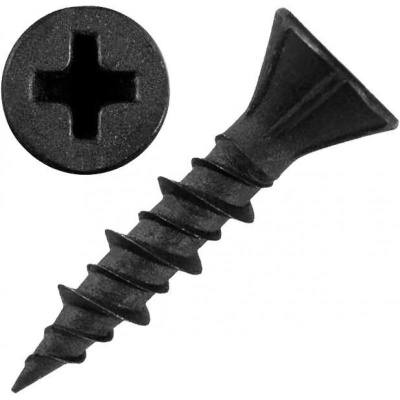
Which one is better to choose?
How reliable and durable the siding or fixing drywall to the wall will be, directly depends on which screws the masters use for the frame, partitions.
In order to buy a high-quality fastener for a professional sheet, you need to take into account the following conditions.
-
All items in a batch must be of the same size. The discrepancy of at least one self-tapping screw may indicate the presence of a marriage.
-
The heads of the hardware must be straight. The cross-shaped slot of the product for fixing drywall and aluminum, galvanized profile must be free of defects and creases. An incorrectly manufactured head can lead to tool breakage.
-
The coating of the self-tapping screw with an anti-corrosion layer must be uniform. Currently on sale you can find three types of coating for fasteners:
-
black phosphated is suitable for rooms with high humidity levels;
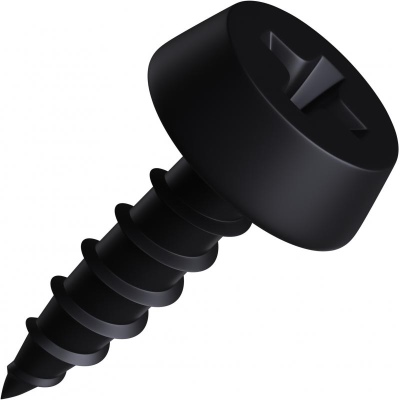
- black oxidized - for a normal microclimate;
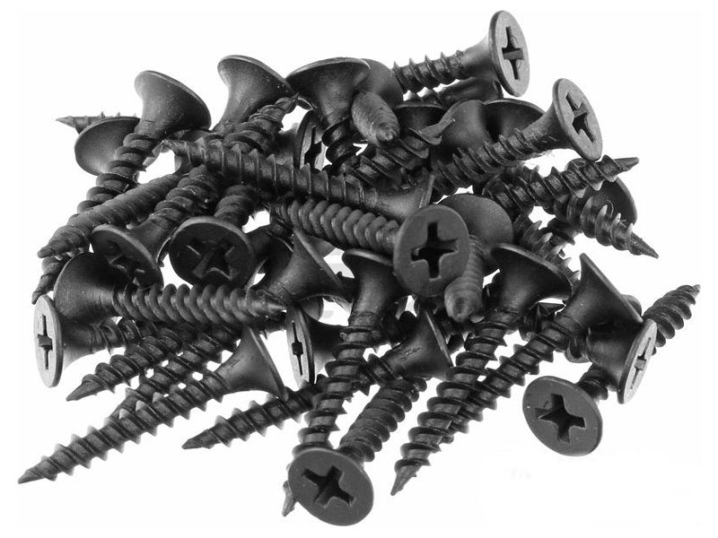
-
galvanized coating is considered universal, it can be used for PVC, picket fence and other materials inside and outside the room.
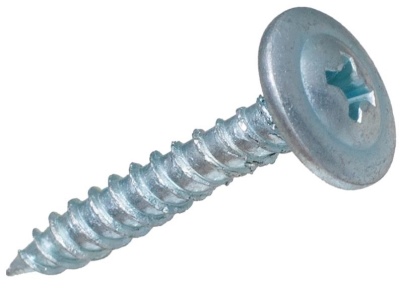
The type of self-tapping screw should be selected depending on the task:
-
to fasten the suspension to the base surface, use dowels, and already for them a specific type of self-tapping screw is selected;
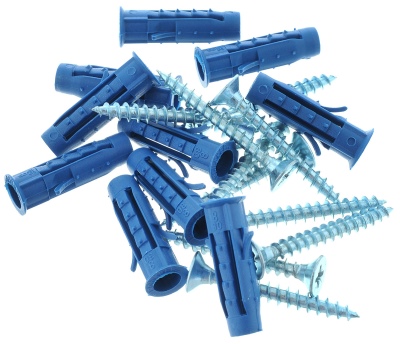
- to connect several guide profiles to each other, it is worth using short self-tapping screws and a strong drill;

- for direct fastening of drywall, long self-tapping screws are the best fit
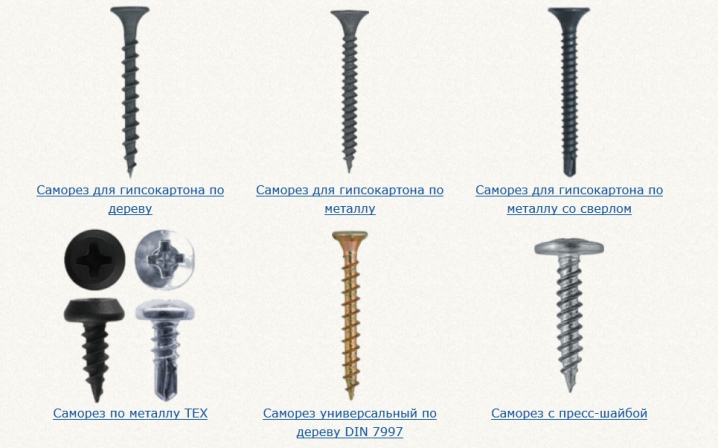
Quantity calculation
To calculate the number of hardware that will be required for work, it is necessary to take into account the type of structure made of plasterboard profile. The step between the guides will depend on this. Practice has shown that for a reinforced type structure it is 40 cm, and for a standard one - 60 cm.
In addition, do not overlook the fixing points of the jumpers.
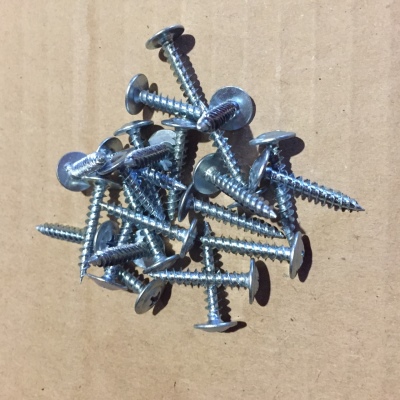
Installation tips
Before you start attaching drywall sheets to each other or to any base, it is worth calculating their required amount and stocking up with a tool in the form of a screwdriver that will help you quickly screw the self-tapping screw into the material.
The following rules will help you learn how to properly twist the hardware into the profile:
-
to prevent damage to drywall during the working process, it is recommended to screw the sheets at a distance of 1 cm from the edge;
-
the fastening step must be at least 25 cm;
-
the head of the fastener must be recessed less than 1 mm in the material;
-
the twisting procedure should be quick and at an angle of 90 degrees;
-
screwing hardware into a wooden base should be done to a depth of at least 2 cm, into a metal one - at least 1 cm;
-
in the case when the self-tapping screw is deformed during tightening, it must be unscrewed and a new one must be screwed in at a distance of about 5 cm from the previous one;
-
it is strongly not recommended to screw self-tapping screws into old holes;
-
when using a screwdriver, it is worth setting the speed to 2500 rpm.

The technology for installing self-tapping screws in drywall is as follows:
-
before the start of installation, a marking should be made, thanks to which not only the installation process will become easier, but also the exact number of screws required for work will be determined;
-
using a drill at the point of the future fastener, you need to make a hole equal to no more than 3 mm;
-
when attaching drywall to the ceiling profile, you must use a special type of nozzle;
-
when the fixing procedure is over, it is necessary to treat the attachment points of the profile with special anti-corrosion compounds.
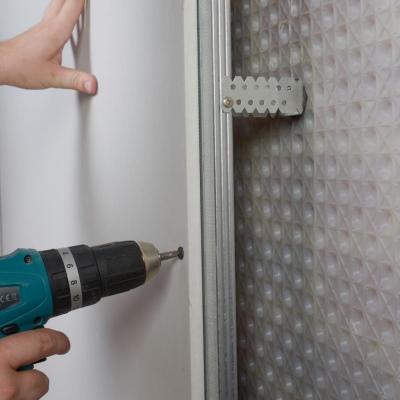
Using self-tapping screws for a profile is a way to quickly and easily attach drywall to any base.
The cost of the fasteners required for work directly depends on the dimensions of the material and its characteristics.
You can fix the profile with self-tapping screws with your own hands, subject to the correct selection of hardware and the alternate execution of all stages of the technology.
For more information on which self-tapping screws are needed for the profile, see the next video.













The comment was sent successfully.